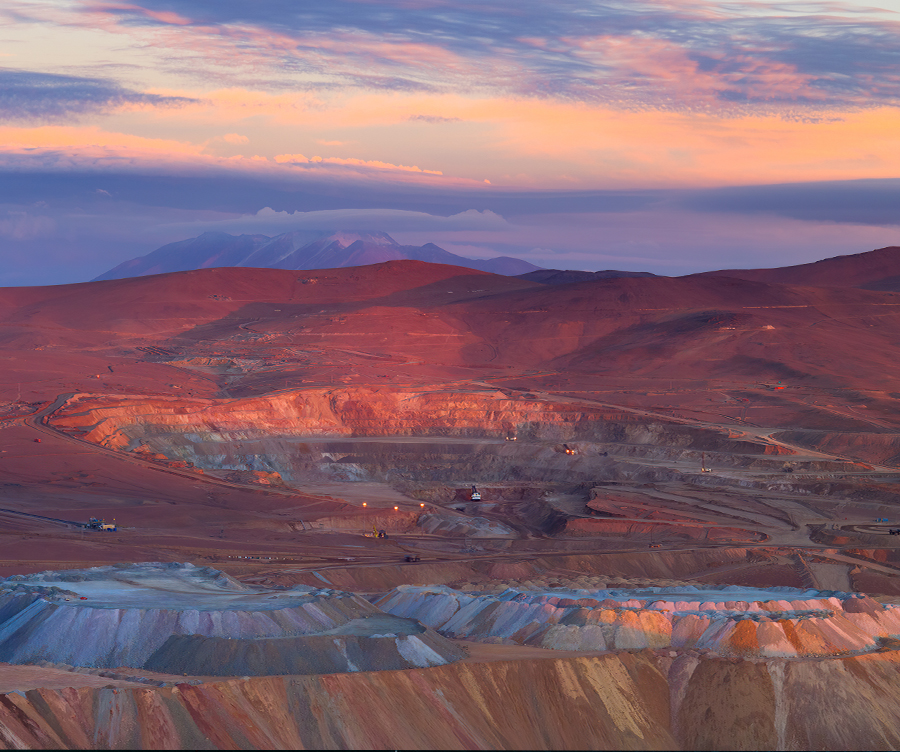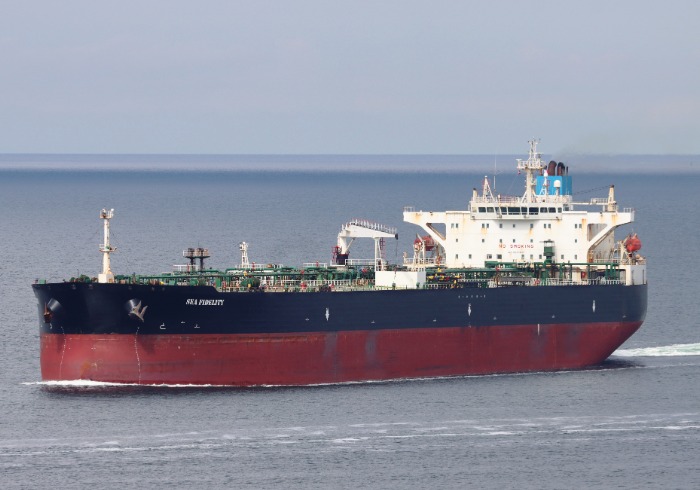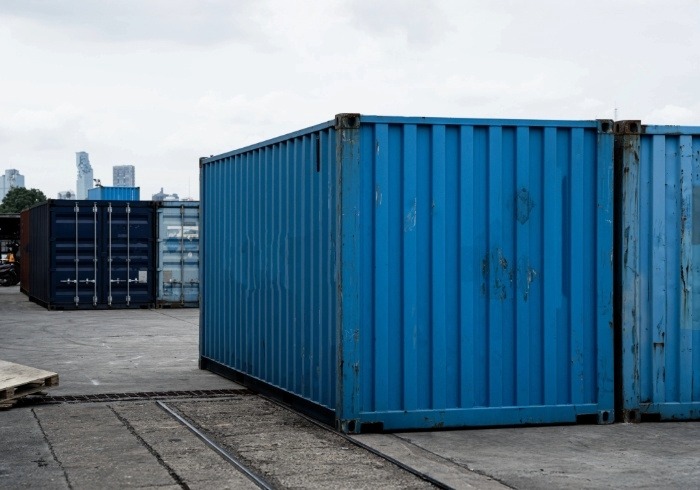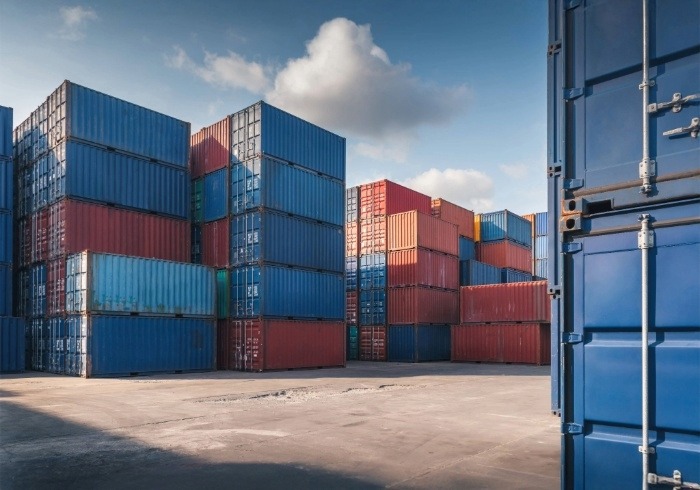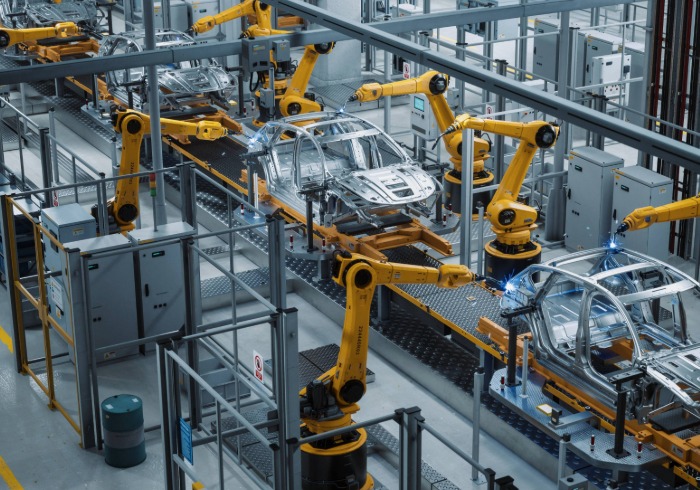The International Energy Agency (IEA) has warned that demand for copper is set to outstrip supply by 30% within the next decade, with security of supply further threatened by China’s growing dominance of the refining market.
Global demand for copper is expected to grow by around a quarter by 2040, driven largely by electrification of grids, clean energy and construction, the agency says in this year’s edition of its Global Critical Minerals Outlook, published today.
However, the report warns the copper mining sector is facing declining ore quality, limited discoveries of new deposits, long lead times and stalling investment. At the same time, refining capacity is increasingly concentrated in China at a time when trade tensions are growing.
The IEA says the situation presents “major risks” to copper markets, estimating that the current mine project pipeline “points to a 30% supply deficit by 2035”.
That figure is based on current government policies, the agency adds. In a net zero emissions scenario, the gap widens to 40%.
“This underlines the significant challenge for copper supply security going forward,” it says.
“A wide variety of supply- and demand-side measures are needed to close the gap including stimulating investment in new mines, material efficiency, substitution and scaling up recycling. The lack of diversification for copper refining also presents supply security risks in the future.”
IEA executive director Fatih Birol says improving resilience and diversity of critical mineral supply chains is “a key concern for ensuring the reliability, affordability and sustainability of energy in the 21st century”.
The report finds that the average grade of copper mines has dropped 40% over the last 25 years, largely because reserves are being exhausted.
However, it says investment momentum across the critical minerals sector has weakened, with spending growing by just 5% last year – down from 14% in 2023. Start-up funding has also “showed signs of a slowdown”, it says.
Although African copper mining projects tend to have higher-grade deposits and are more likely to attract competitive investment, the IEA says the nature of the deposits mean they are likely to be depleted more quickly.
Refined copper also faces risks due to growing concentration within the market. China accounted for 45% of refined copper production last year, far more than the second-highest producer, the Democratic Republic of the Congo, at 8%. China’s share is expected to grow to 50% by 2040, it adds.
The report says smelters in other countries are finding it difficult to compete with those in China, citing Glencore halting operations at its Pasar smelter in the Philippines “due to the challenging market conditions”.
It warns that growing restrictions on China’s metals exports could impact security of supply globally, while over-dependence on Chinese supply means price volatility or supply chain disruption “could have outsized economic impacts”.
“The impact of a supply shock can be far-reaching, bringing higher prices for consumers and reducing industrial competitiveness,” Birol says.
The report says policymakers outside China “have woken up to these energy security challenges”, unveiling various funding programmes, strategic partnerships and policy reforms.
It cites the growing role of export credit agencies in backing mining project investments, highlighting the growing number of international partnerships as well as domestic programmes in countries such as Australia, Canada, the UK and the US.
But based on announced projects, it says progress towards more diversified critical mineral supply chains “is set to be slow”, with high costs, price volatility and economic uncertainty acting as a drag on investment.
The report calls for rule-based market mechanisms to support public financing, as well as the development of financial instruments to stabilise prices, and volume guarantee mechanisms to bring greater certainty to new projects.
Beyond copper, the report says lithium also faces a supply deficit by 2030, although the prospects for bringing new supply online are more positive than for copper.
In nickel, cobalt, graphite and rare earths, the agency says expected supplies “are catching up with projected demand growth” as long as planned projects proceed on schedule.


